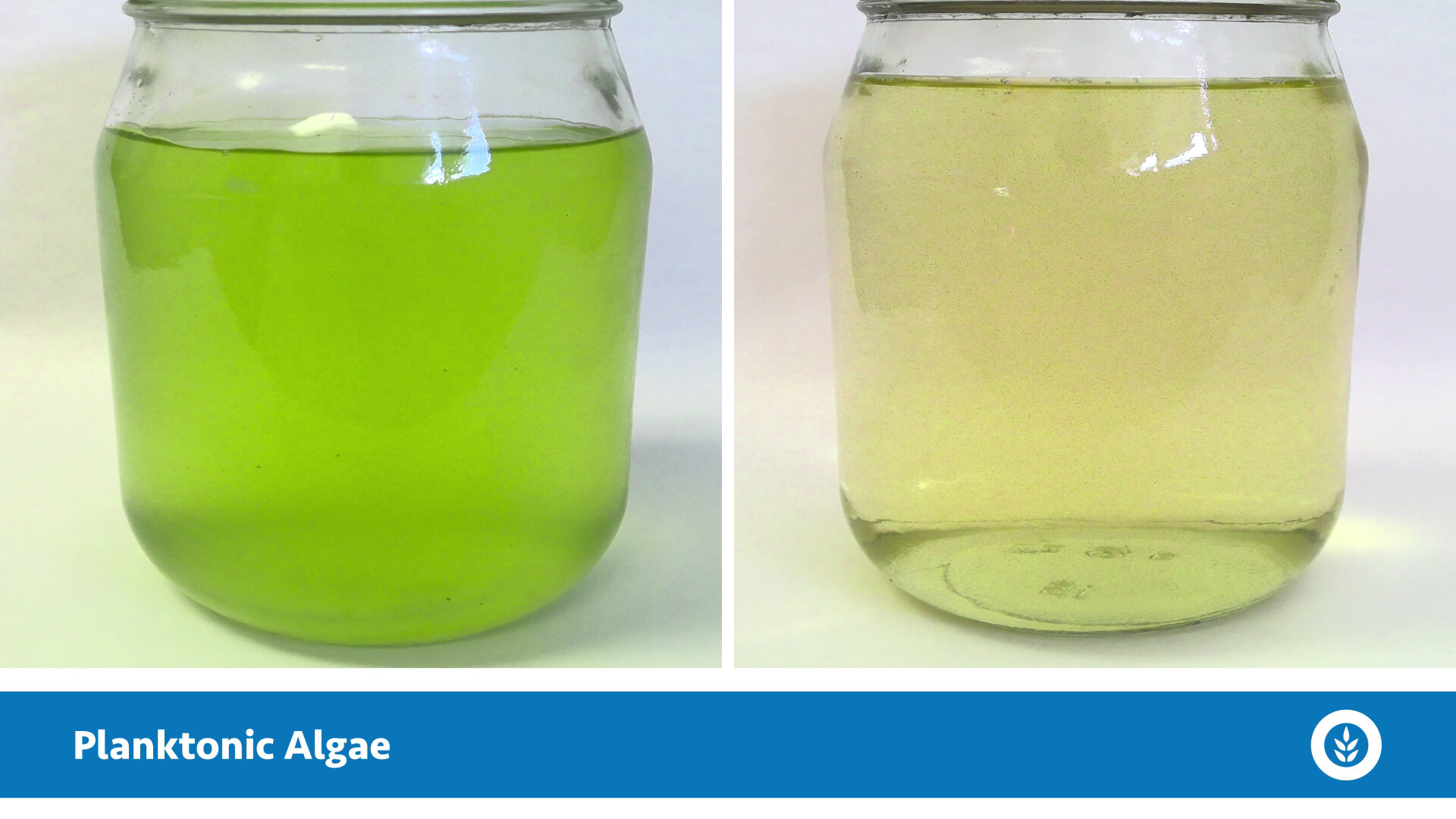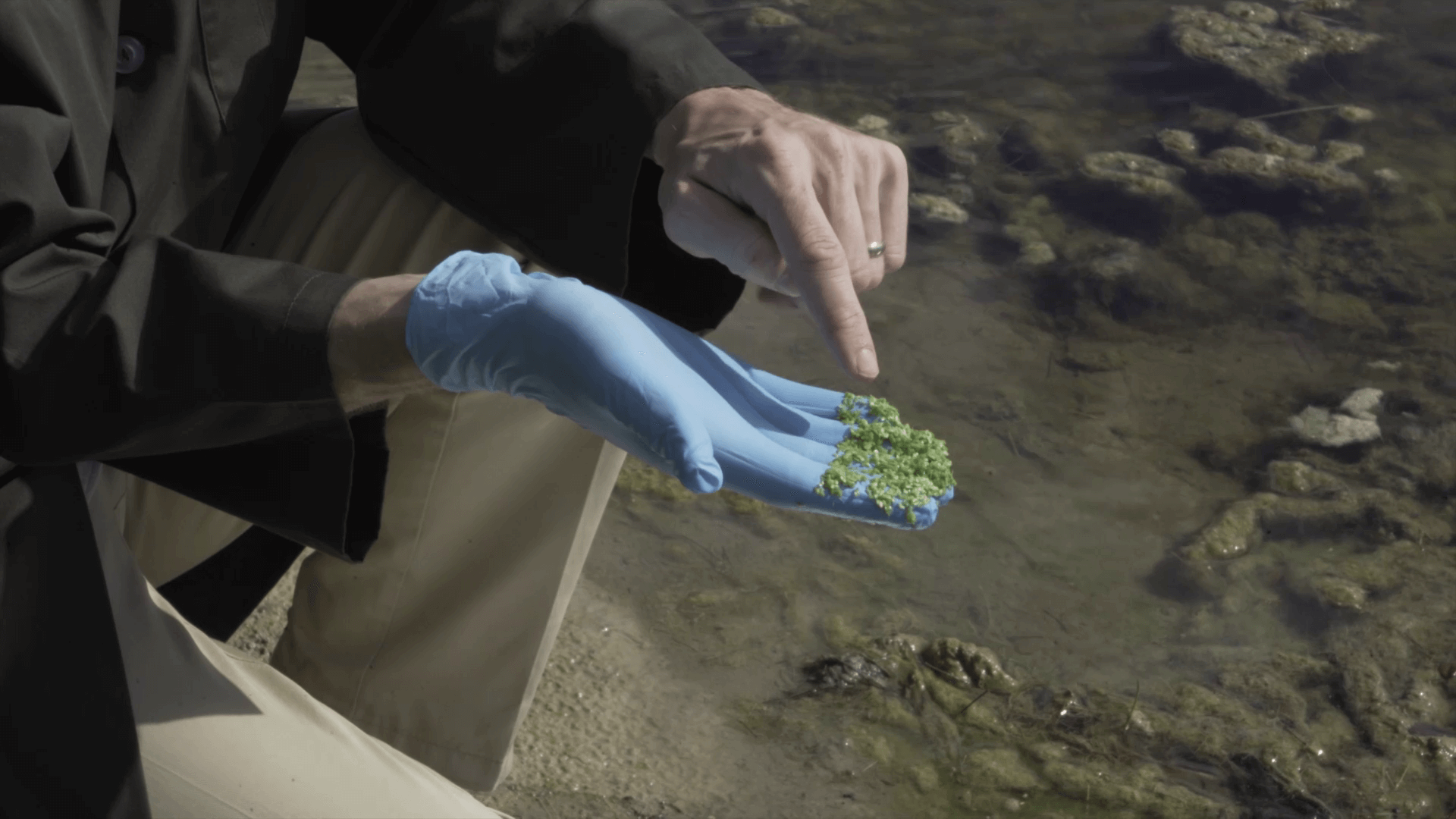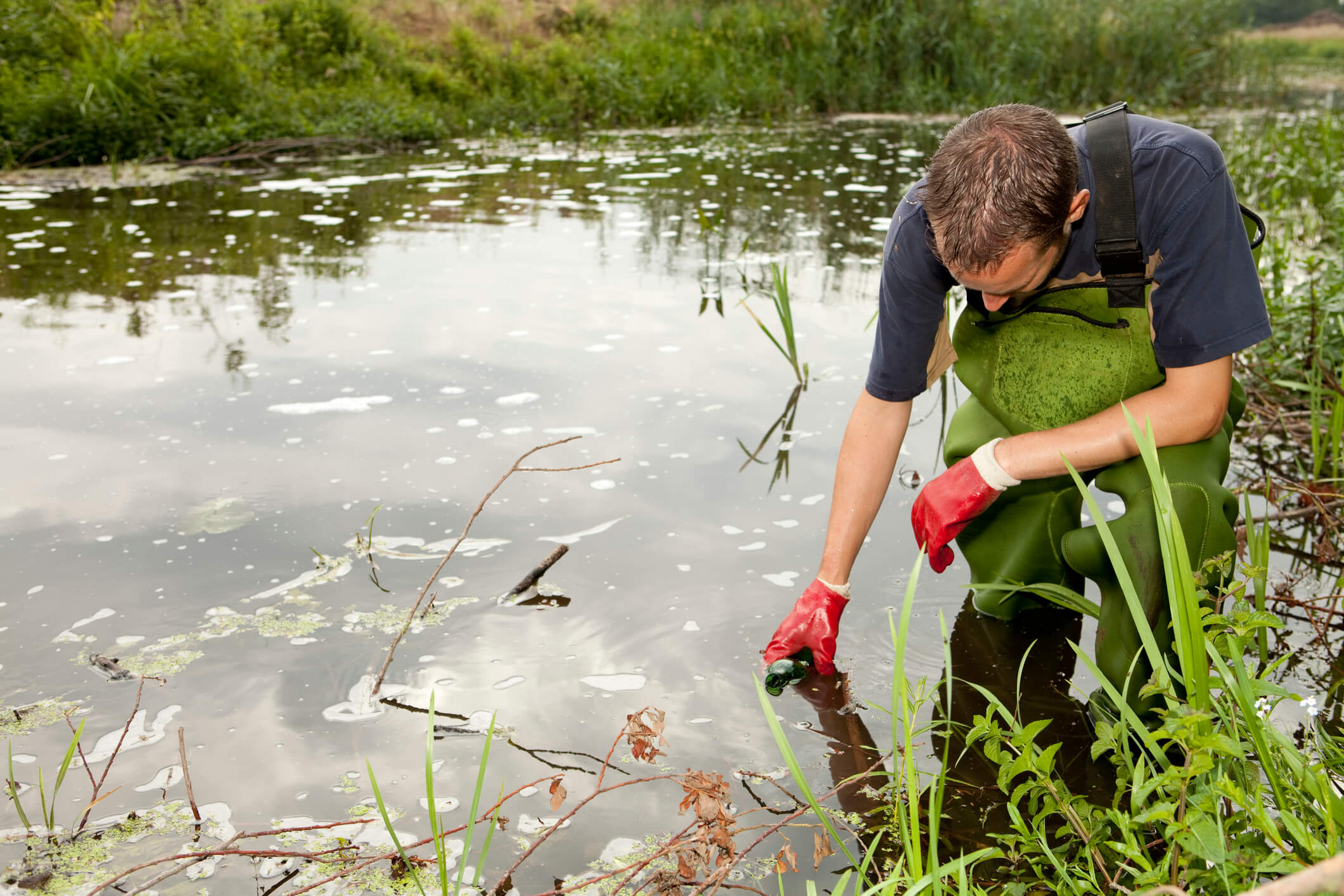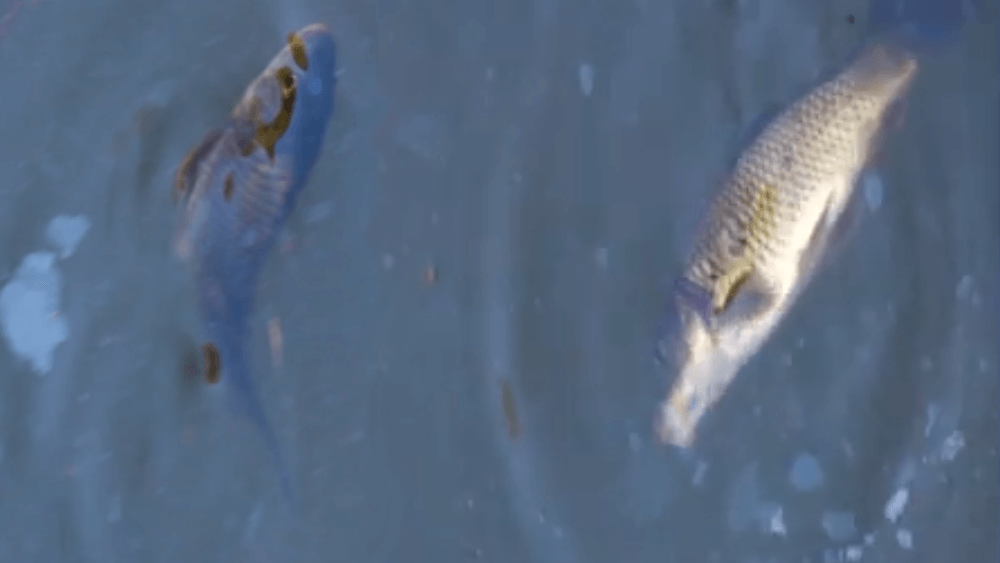Algae Corner: Taste & Odor Issues Associated with Algae
Welcome back to the Algae Corner with me, Dr. West Bishop! We have a very interesting episode today. I think you're going to learn a lot. Today we're talking about taste and odor issues associated with algae.
Many of you may have encountered or experienced algal taste and odor issues and not even known it. So we’re going to open your eyes (and your nose!) to some of these nuisance types of taste and odor compounds that may be associated with algae and algal blooms.
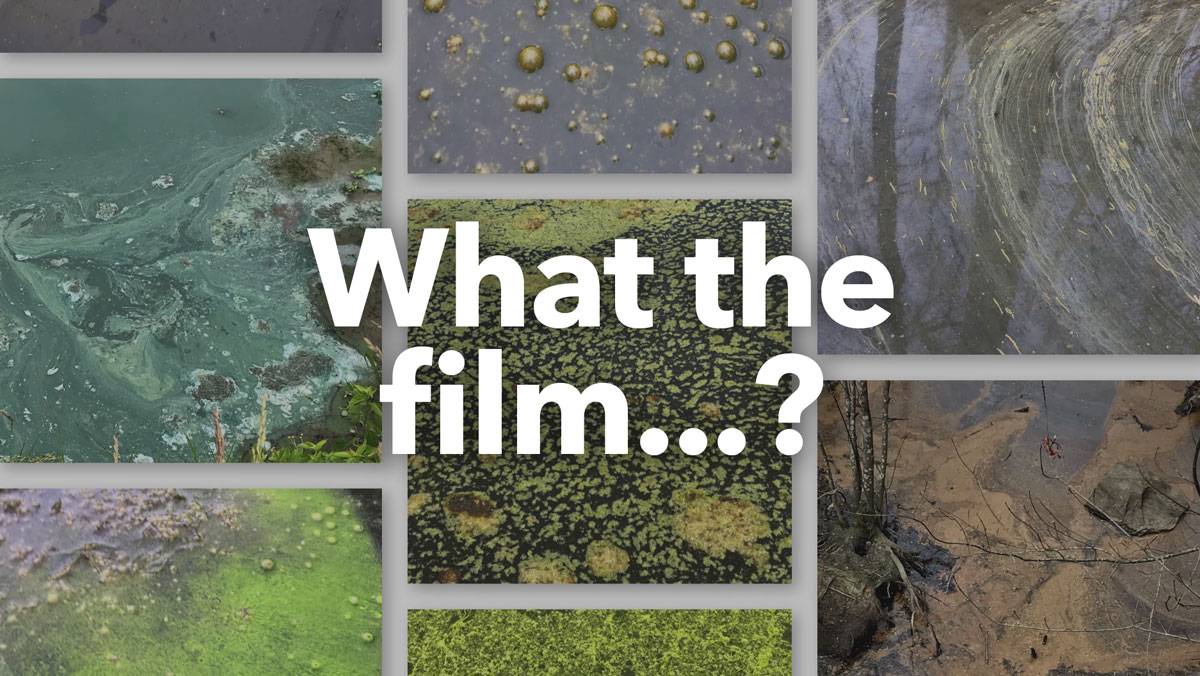
Algae Corner: What the Film?
Want to get Algae Corner Updates? Get the latest news by subscribing to our channel:
A Note on Taste & Odor Compounds
To start, when we discuss taste and odor compounds today, we're specifically talking about compounds that organisms produce. We’re really going to be focusing in on algae and cyanobacteria, those blue green algae. We’ll be looking at the compounds that they produce and that we can detect with our nose and our taste buds, at a very, very low level. But it's important to note that there are many other types of bacteria out there that can produce taste and odor compounds. There are also some chemical based taste and odor issues, like sulfur, iron, and manganese in water resources. But again, today we’ll be focused on the types that algae and cyanobacteria can produce.
Many Algae Types Produce These Issues

It's important to note that many different types of algae produce taste and odor issues. It's not just the cyanobacteria. It's not just MIB and Geosmin (which we'll talk about in a little bit). Almost every algal group can produce taste and odor compounds, from the green algae to the Chrysophytes and Synurophytes. So if you're just looking for one algal group, or just monitoring for cyanobacteria, it’s possible that you’ll miss others that can certainly produce taste and odor compounds as well.

With all those algal groups, there are many different taste and odor compounds. As I said, MIB (or Methylisoborneol), and Geosmin are two of the most common. These are dirty and fishy smelling (and tasting) in the water. A lot of people monitor for these, but again, it’s important to note that there are over 200 different types of taste and odor compounds associated with every algal group. If you're just looking for those two, you may be missing a lot, and some of these can be even more potent and cause bigger issues in water resources.

So where do these algal taste and odor compounds cause issues? Overall there are three main areas I want to cover today.
Algae & Taste/Odor Problems in Drinking Water


First is drinking water sources. In potable water reservoirs, taste and odor compounds can make your drinking water smell bad and taste bad, and even feel strange on your skin when you shower. It can cause some pretty nasty problems, so potable water is a big one.

Here's a quick list of some of those common types and the odor threshold concentrations, which tells us what density of algae humans can detect. Those are the critical cell densities to determine whether we have a problem.
Let’s go through some of the most common types that we've encountered in these potable water systems and give you a brief description of how people have described those taste and odor compounds.

First are the Chrysophytes. These are one of the most potent types I've encountered. Dinobryon is the species in this example and it produces a very potent, fishy odor in the water body. Even very low densities of this Dinobyron can cause what people have described as a really fishy taste. And chrysophytes like the cooler times of year. We actually treated some under the ice this year when they were blooming and causing taste and odor issues.


The next group is Synurophytes. Synura and Mallomonas are very potent producers of taste and odor compounds. These have been described as cucumber or muskmelon, or very bitter smelling and tasting in the water.

Another group is the Diatoms. These can produce many different taste and odor compounds as well. They like mixed-up reservoirs and grow in very cool times. These have been described as fishy and swampy. Synedra is usually more earthy and musty, but very potent smelling. Many have been described as “geranium” smelling, too.


Even the green algae and Desmids can cause problems. These are described as having a potent, sort of grassy smell and taste.

For Dinoflagellates, one of the big ones is Ceratium. That one's been described as sort of a bitter, septic, or fishy type of taste and smell.


Last but certainly not least are the Cyanobacteria. There are so many different types; they are a big group that produce many types of taste and odor compounds. Dolichospermum (formerly Anabaena) for example can be moldy, grassy, vile, pig pen, and septic smelling/tasting in the water. It’s pretty nasty stuff.

Another one, microcystis, has been described as sweet and grassy, yet vile, rotten, smoky, and muddy, all at the same time! They produce a lot of different compounds, but certainly the MIB and Geosmin we talked about are the most common from this group of cyanobacteria.
So that's just a quick overview of many different algal groups in drinking water and the description of those taste and odor compounds that they can produce.
Algae & Taste/Odor Issues in Aquaculture


Next let’s take a look at aquaculture scenarios. The biggest issue is that these algal taste and odor compounds will up in the flesh of what you're trying to grow. The shrimp, salmon, and catfish industries are very, very big, making it a big area to focus on for algal taste and odor issues.


If you have these algal blooms that produce taste and odor compounds in those industries, it can severely impact the quality of the produce. Nobody wants to eat dirty, musty smelling and tasting seafood. Cyanobacteria are definitely the biggest producers in these aquaculture systems, mainly producing the MIB and Geosmin that can build up in that fish tissue. The result is a nasty taste that no one wants to buy or eat.
Algae & Taste/Odor Issues in Your Pond

Lastly, taste and odor compounds can affect your backyard/HOA pond or the golf course pond, to the point where it smells bad and no one wants to be around it. There are a handful of types of algae out there that can really cause a system like that to smell bad and look nasty.
Some of them are even good types of algae like Spirogyra. When it dies off and it starts to look bad, it's one of the worst smelling things you’ll ever come across!

Lyngbya, those big thick mats, can produce those dirty and fishy smells that may be coming out of your pond.

Chara, a macroalgae, can produce this muskgrass, garlicky, or sulfur type compounds. Some people even describe it as a skunk coming out of the pond.

Other types of Cyanobacteria like Nostoc can even grow in the wet areas of soil around the pond. They’ll smell pretty dirty and musty as well. So from grassy to vile to sewage to pig pen, you can get a lot of smells coming right out of your backyard pond as a result of algae.
Getting Rid of Algae in a Pond, Reservoir, or Aquaculture
So what do you do about these tastes and odor producing algae? How do you solve them?

Our approach consists of diligent, routine monitoring. When you detect these issues, it’s important to have a rapid response, trying to catch them early before they start to cause significant odor and taste problems, before they can really build up in the fish tissues, or get to high levels in drinking water sources.

I want to give you a quick example of a drinking water reservoir. This is one we've been monitoring for a long time. We do this routine monitoring where we look for taste and odor producing algae, mostly cyanobacteria, in reservoirs. We control them at very low levels before they cause issues.


We're using SeClear Algaecide and Water Quality Enhancer to get great results. By shutting off that source, even two days after treatment we can see this great increase in clarity and removal of those sources of taste and odor issues.

We see the significant decrease in problematic taste and odor compounds down below human detection thresholds even a day after treatment. So it’s a very effective approach comprised of monitoring and rapidly implementing an effective solution. In this way we’re able to keep them under control, and keep that drinking water looking and tasting good.
In Summary
In summary, today we talked about taste and odor issues associated with algae. We covered those taste and odor compounds: What are they? Who produces them? How do people describe them? Then we covered those main areas where they cause issues: drinking water, aquaponics, and backyard ponds. And last, we talked briefly about what you can do about it: how to solve those taste and odor issues associated with algae.
Thanks for tuning in to this episode on algal taste and odor compounds and the issues they cause. If you're experiencing issues like these, please get ahold of us we can help you design that monitoring and implementation program, so you can solve your issue and stay ahead of it.

